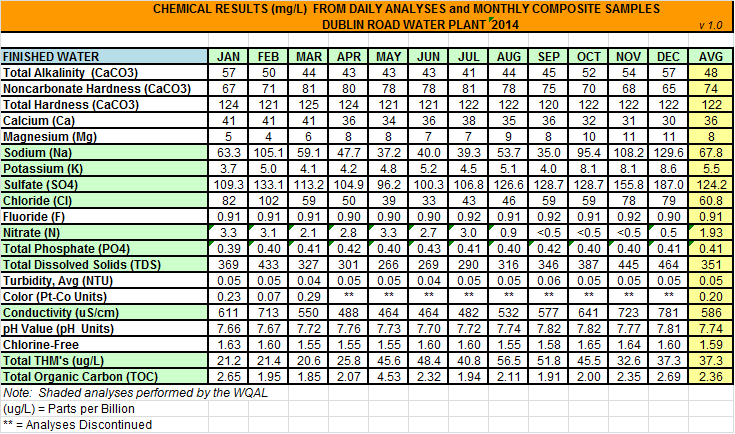unclekeg
New Member
Didn't know if someone had this available by chance?
I've got my all grain set up ready to go for the first go round. Unfortunately I haven't done my homework as far as my water is concerned. As you can imagine I'm chomping at the bit to get started with all grain brewing.
Am I better off building my water from RO?
Or trying to adjust the water from my tap?
Is there a way to get brewing off the bat while I figure all this out?
Thanks for putting up with all the questions!
I've got my all grain set up ready to go for the first go round. Unfortunately I haven't done my homework as far as my water is concerned. As you can imagine I'm chomping at the bit to get started with all grain brewing.
Am I better off building my water from RO?
Or trying to adjust the water from my tap?
Is there a way to get brewing off the bat while I figure all this out?
Thanks for putting up with all the questions!

























![Craft A Brew - Safale S-04 Dry Yeast - Fermentis - English Ale Dry Yeast - For English and American Ales and Hard Apple Ciders - Ingredients for Home Brewing - Beer Making Supplies - [1 Pack]](https://m.media-amazon.com/images/I/41fVGNh6JfL._SL500_.jpg)






































